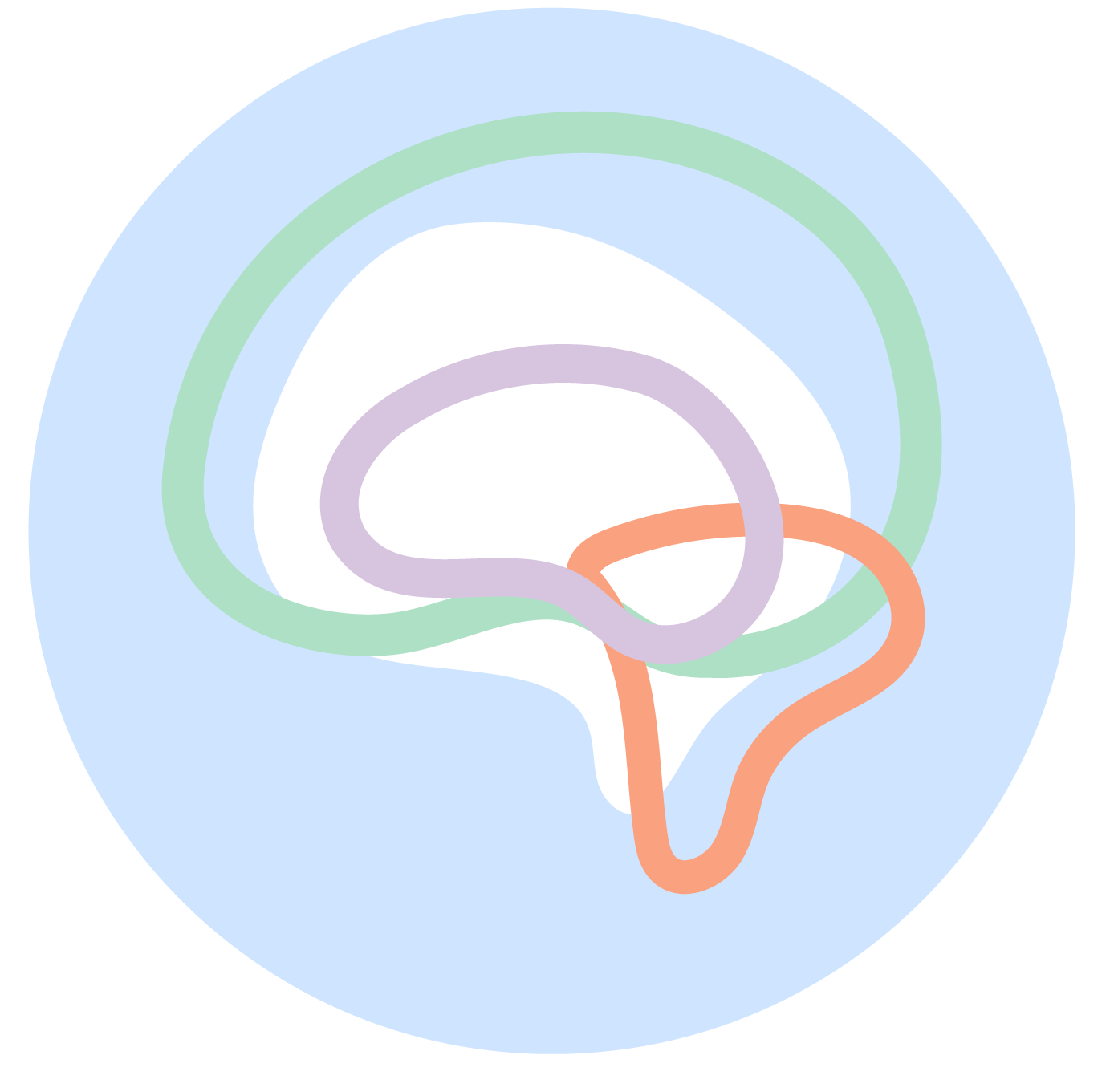Eating Disorders During COVID-19 Pandemic
Eating disorders are already known to be a prevalent disorder amongst adolescents. However, over the course of the pandemic, eating disorder rates have increased even further amongst teenagers. We would love to share some insight on how to look out for symptoms and protect your teen.
Firstly some general information:
Eating disorders are classified as anorexia nervosa, bulimia nervosa, and binge eating disorder. All three involve disturbances in eating behaviour. Anorexia is when people have an intense fear of gaining weight so they restrict their eating and can become dangerously thin. Bulimia is when someone has episodes of binge eating followed by compulsive behaviours such as vomiting, using laxatives, or even excessive exercise to rid the body of food. Binge eating is characterised by uncontrolled overeating.
Let’s address stereotypes.
1. Despite mainstream media, eating disorders are not only present in people that are extremely thin. People close to you or your children may be showing symptoms without being at a dangerously low weight or a dangerously high weight.
2. People also think that fit, ‘skinny’ people can’t have eating disorders because they’ve already achieved the ‘ideal body’. No! People of all shapes and sizes are susceptible to feeling insecure about their body and having a distorted body image that may cause them to be dissatisfied with how they look.
3. Another harmful stereotype is that eating disorders only occur for females or female-identifying people. This is UNTRUE! Statistics show that one in three people suffering from eating disorders are male.
Being able to detect the symptoms or even possible signs of body image issues is the first step in being able to protect your loved ones.
There are many factors throughout the pandemic that may have led to the increase in eating disorders. Students not being able to see their friends at school were stripped of their peer support system. Being at home disrupted barriers to eating during boredom, stress, or anxiety. People have increased screen time and time on social media, which can have many effects on their body image, self-esteem, realistic perceptions of bodies, etc. This can take place in harmful messages where only slim or muscular bodies are celebrated in the ‘thinspiration’ or ‘fitspiration’ movements.
We created an infographic HERE for you to share with friends and family.
Here are some resources and more information on eating disorders:

